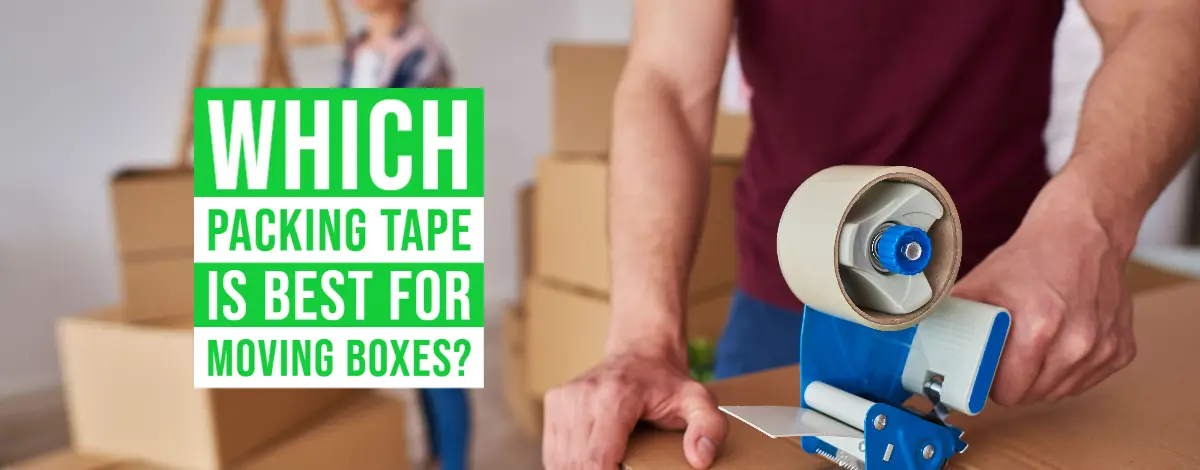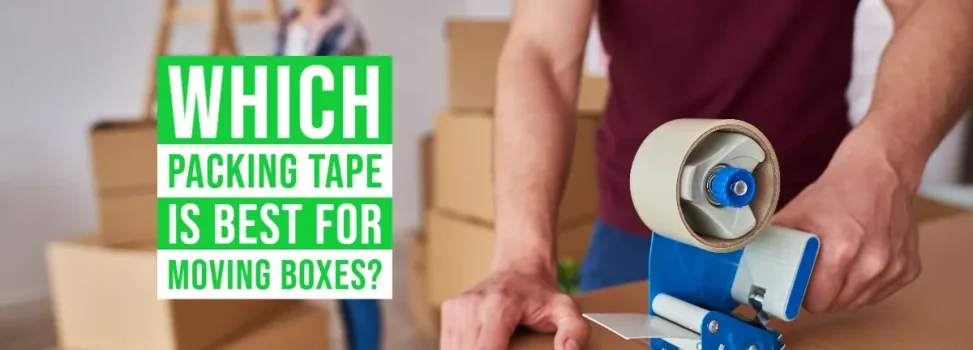Packing tape is important for moving boxes when you decide to move. You undoubtedly currently have a long list of things you require to accomplish while getting ready to relocate to a new home or packing boxes for storage. You do not need to increase the pressure of packing and relocation while getting all of your shifting goods organized.
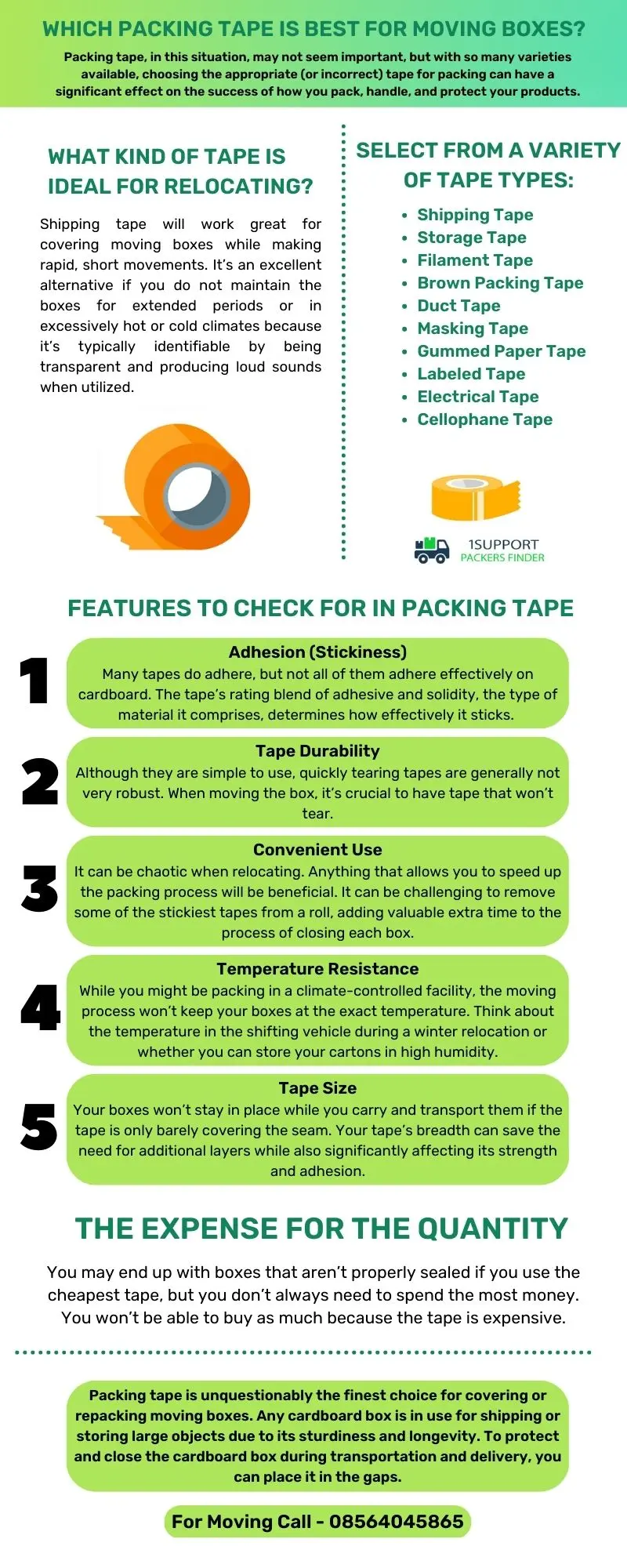
Packing tape, in this situation, may not seem important, but with so many varieties available, choosing the appropriate (or incorrect) tape for packing can have a significant effect on the success of how you pack, handle, and protect your products. It might make the difference between encountering a breakage, losing items, or even getting hurt and never having to worry about your belongings again after you have packed and taped them.
What Kind Of Tape Is Ideal For Relocating?
Shipping tape will work great for covering moving boxes while making rapid, short movements. It’s an excellent alternative if you do not maintain the boxes for extended periods or in excessively hot or cold climates because it’s typically identifiable by being transparent and producing loud sounds when utilized. Choose a more durable storage tape if the boxes may be exposed to high temperatures or if they are kept in storage for an extended amount of time. Applying extra strands of conventional shipping tape or using filament tape, which has fiberglass strands to offer extra strength, are both options if moving boxes are exceptionally heavy.
Select From A Variety Of Tape Types:
There are other options besides clear, brown, black, and silver for moving tape. It’s time to educate yourself on the best kinds of tape for each shifting task you’ll encounter. Your packing materials may all be the same size and shape. However, they are heavier and hold various stuff. To handle your moving demands, it’s a good idea to have a range of different tape types on hand. These are some of the most typical kinds of moving-related packing tape.
Shipping Tape:
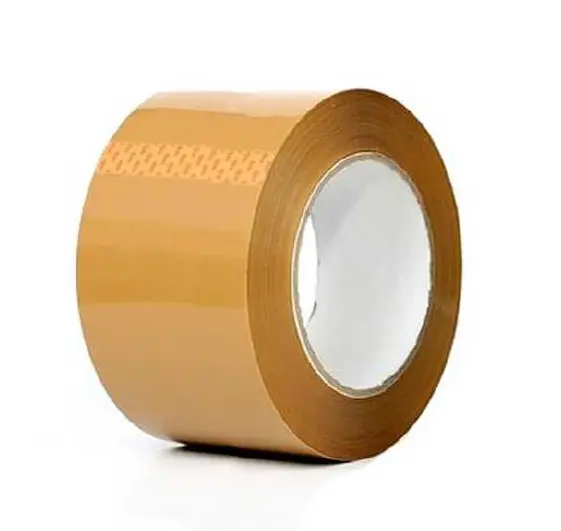
Closing the moving boxes appears to be a logical one for shipping tape. A loud tearing sound is made as the clear, adhesive tape separates from the roll. You can seal the majority of cartons with shipping/packing tape, which typically has a width of 2-3 inches. Any short move benefits greatly from the use of shipping tape. It is simple to attach and detach when you use a tape dispenser.
Storage Tape:
Storage tape is typically clear and 2-3 inches wide, just like shipping tape. Storage tape, on the other hand, has acrylic sticky, which increases its longevity. Shipping tape is a great option for boxes when you store them because it can endure all weather and moisture conditions for up to ten years.
Filament Tape:
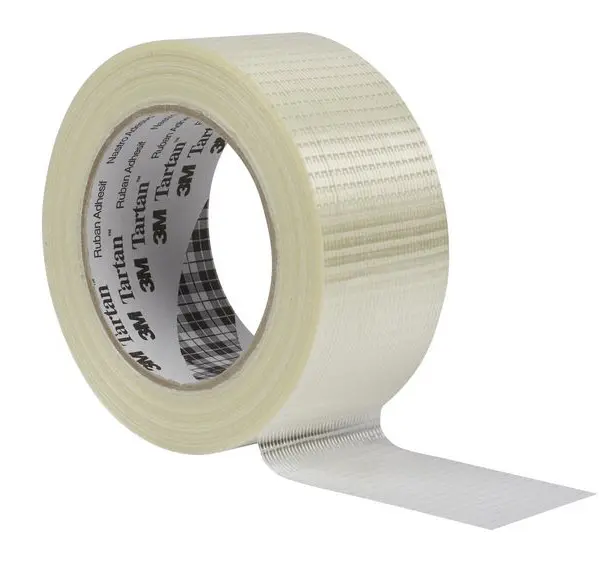
Filament tape, often known as strapping tape, includes fiberglass strands for added durability. The use of filament tape is advantageous for heavy boxes, boxes that will probably see a lot of shaking and harsh treatment, or boxes that will be subjected to heat and cold. This heavy-duty packing tape is weight-graded and made for boxes that can support up to 100 pounds. Even up to 380 pounds can be supported by some tapes.
Brown Packing Tape:
This tape is composed of paper even though it is wide enough to readily cover a box of seams. Although paper is convenient in that it tears quickly when applied, some easiness is detrimental when being transported. Paper tape is not resistant to dampness or blunt force injuries. This means that it is only practical for light objects during brief moves.
Duct Tape:
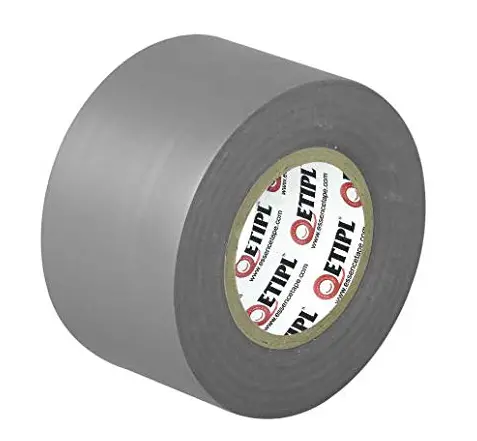
It must be a good idea to pack using the tape that ties everything together. Actually, no. In actuality, duct tape is among the worst kinds of tape to use while moving anything. It is strong and employs a strong adhesive, but cardboard doesn’t adhere to it very well. The majority of packaging tapes are more costly than duct tape. It covers virtually all surfaces and leaves an adhesive mess that is challenging to clean.
Masking Tape:
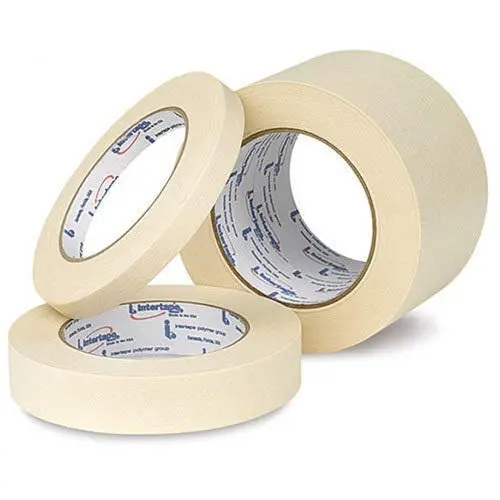
Masking tape is helpful for many purposes and is simple to use when labeling. Sadly, box sealing is not one of them. Furthermore, masking may be quickly deleted and doesn’t leave a trace. As a result, you can use it to bind bubble wrap or other packing materials as well as to hold objects together. You may quickly and easily name your boxes by running a strip of masking tape over them.
Gummed Paper Tape:
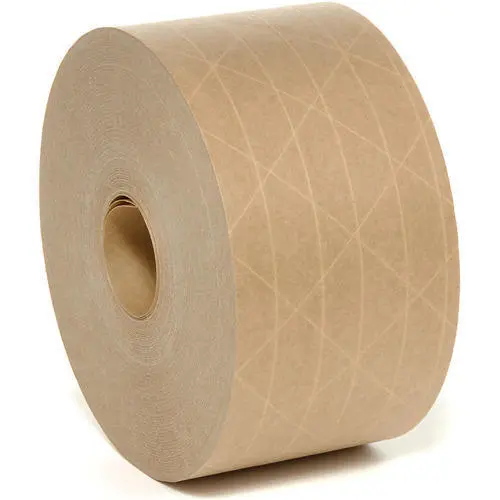
This tape can cover your moving boxes because it is extremely strong and adhesive. This papery tape, also known as mailing tape, is typically found on boxes you get from digital shops or goods you pick up at the store. The fact that you need to use water to make it stay is its major drawback. Gummed paper tape performs admirably in commercial settings, but it’s typically not the greatest kind for use in household moves. The tape is cumbersome to activate, and its strengthened lines make it challenging to remove. Save this super-duty packaging and sealing tape for particularly hefty boxes that need to go a great distance.
Labeled Tape:
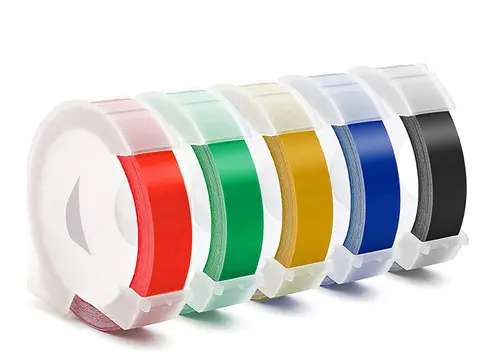
Labels help organize where to put moving boxes. You would like to understand which room to place the boxes in once you get them to your new house. The labeled tape uses color-specific tape, you label it for each room to integrate labeling and closing into a single procedure. You might apply stickers or labels to the tops of your boxes. However, labeling tape is visible on every side of the box for quick availability when it’s time to unload and unpack.
Electrical Tape:
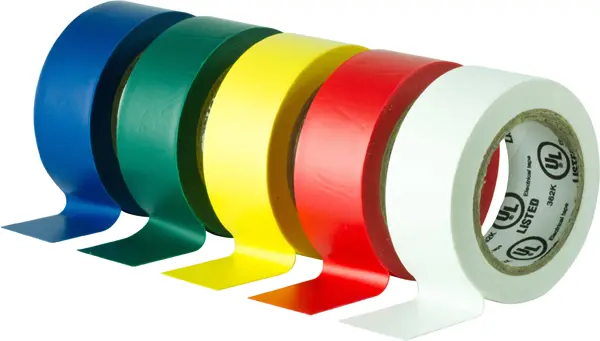
This glossy tape is simple to use and detach, which is why it is called electrical tape. The most popular variety is only 3/8 inch wide, and since cardboard cannot adhere to it, it is ineffective for sealing boxes. Nevertheless, you may use electrical tape for other shifting jobs like color-coding crates or organizing cords and other objects.
Cellophane Tape:
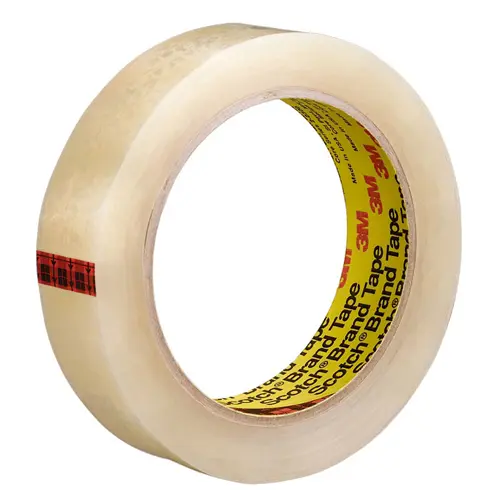
You can call this tape Scotch tape. This thinner adhesive tape is not appropriate for closing cardboard boxes, regardless of whether you use Scotch tape that you utilize with wrapping paper or the type of cellophane tape frequently found in workplaces. The ideal uses for cellophane during relocation include closing bubble wrap and fastening cords to modern devices.
Features To Check For In Packing Tape:
It’s deceptive to think that any tape that only seals a shifting box’s gap will be effective. When selecting a high-quality type of packing tape to cover your cartons, there are several things to consider. When choosing a type of packing tape for your relocation, keep the following points in mind:
Adhesion (Stickiness)
Many tapes do adhere, but not all of them adhere effectively on cardboard. The tape’s rating blend of adhesive and solidity, the type of material it comprises, determines how effectively it sticks. Hot melt glue and acrylic adhesive are the two most popular kinds of adhesives. Typically, acrylic tapes are the best for prolonged use.
Tape Durability:
Although they are simple to use, quickly tearing tapes are generally not very robust. When moving the box, it’s crucial to have tape that won’t tear. You can effectively strengthen your moving boxes using the thickness of your tape. While heavier grades of tape are essential for some objects, heavy-duty shipping/packing tape is not always necessary.
Convenient Use:
It can be chaotic when relocating. Anything that allows you to speed up the packing process will be beneficial. It can be challenging to remove some of the stickiest tapes from a roll, adding valuable extra time to the process of closing each box.
Temperature Resistance:
While you might be packing in a climate-controlled facility, the moving process won’t keep your boxes at the exact temperature. Think about the temperature in the shifting vehicle during a winter relocation or whether you can store your cartons in high humidity.
Tape Size:
Your boxes won’t stay in place while you carry and transport them if the tape is only barely covering the seam. Your tape’s breadth can save the need for additional layers while also significantly affecting its strength and adhesion. Most good tapes used to cover boxes are between two and three inches wide.
The Expense For The Quantity:
You may end up with boxes that aren’t properly sealed if you use the cheapest tape, but you don’t always need to spend the most money. You won’t be able to buy as much because the tape is expensive.
Consumers frequently utilize packing tape in both domestic and professional contexts, including stores, industries, and storage areas.
Packing tape is unquestionably the finest choice for covering or repacking moving boxes. Any cardboard box is in use for shipping or storing large objects due to its sturdiness and longevity. To protect and close the cardboard box during transportation and delivery, you can place it in the gaps.

